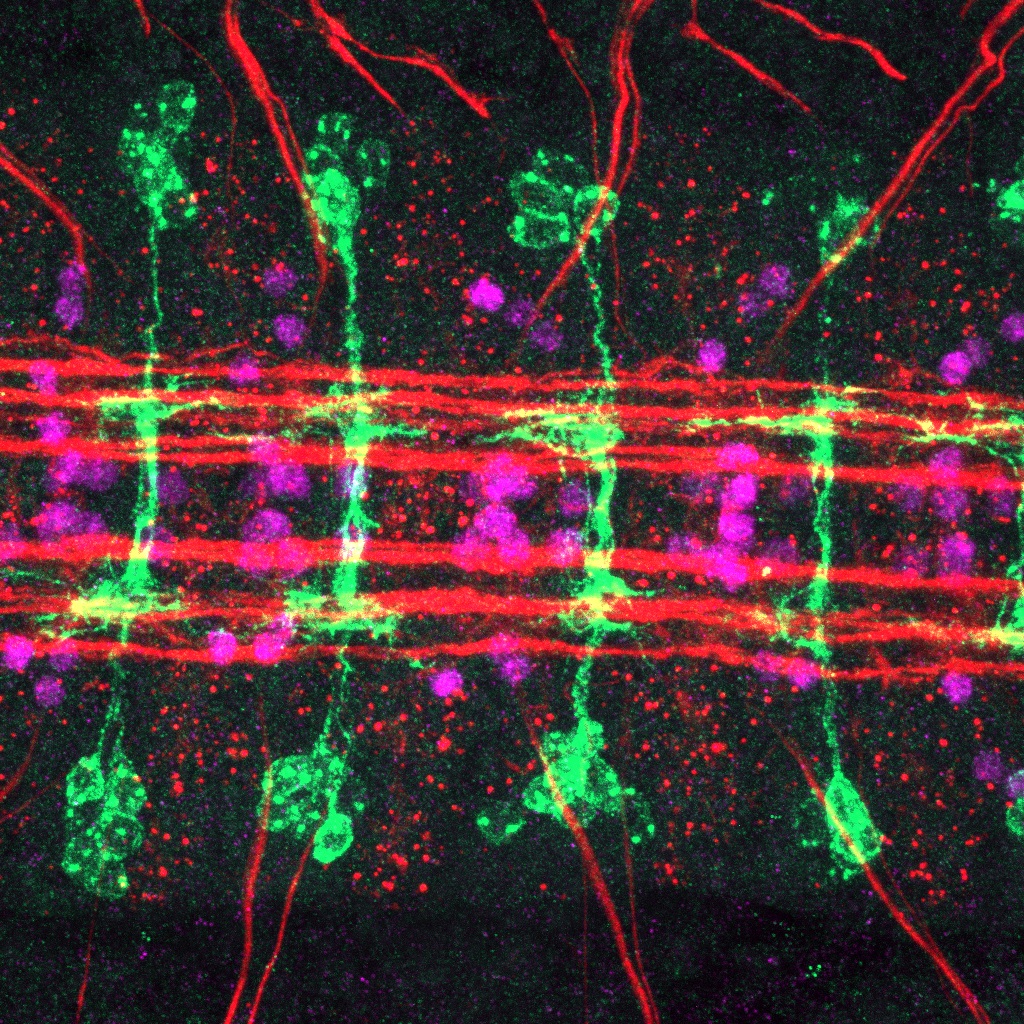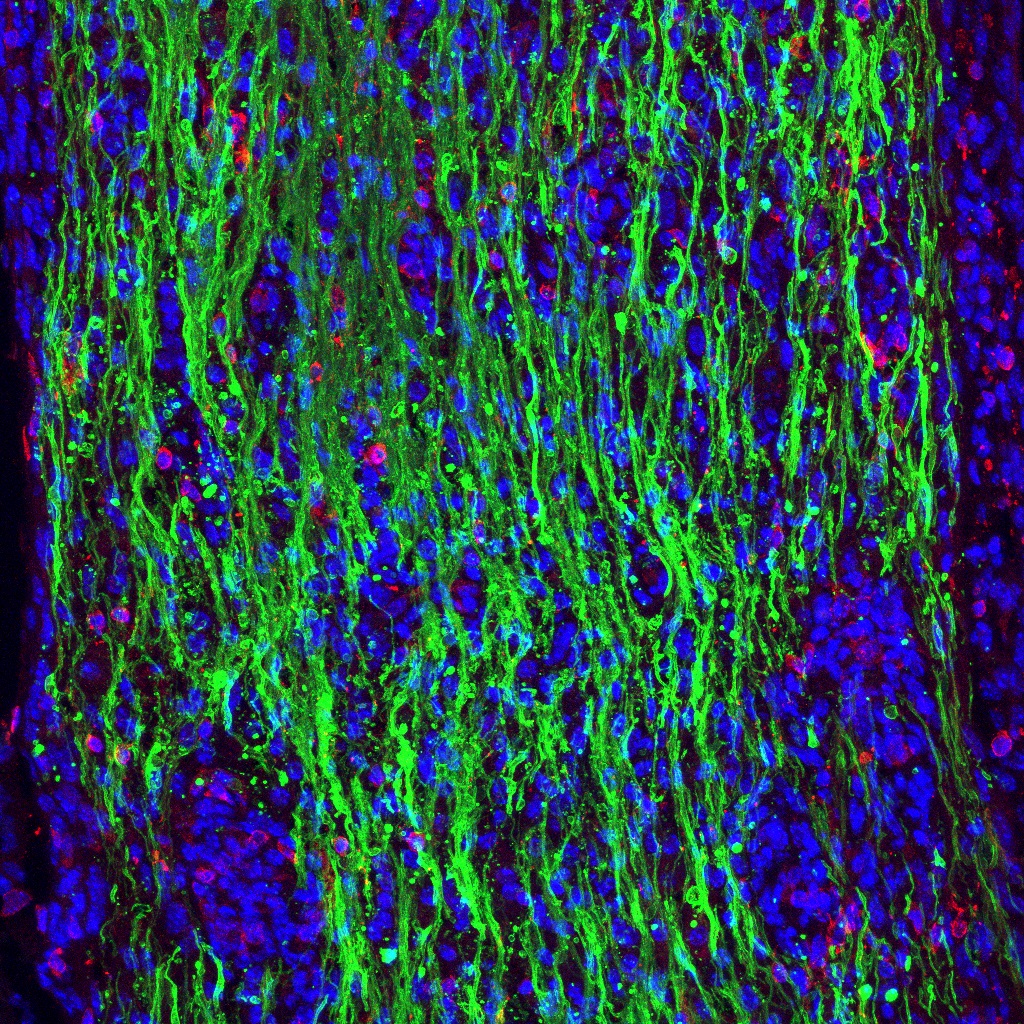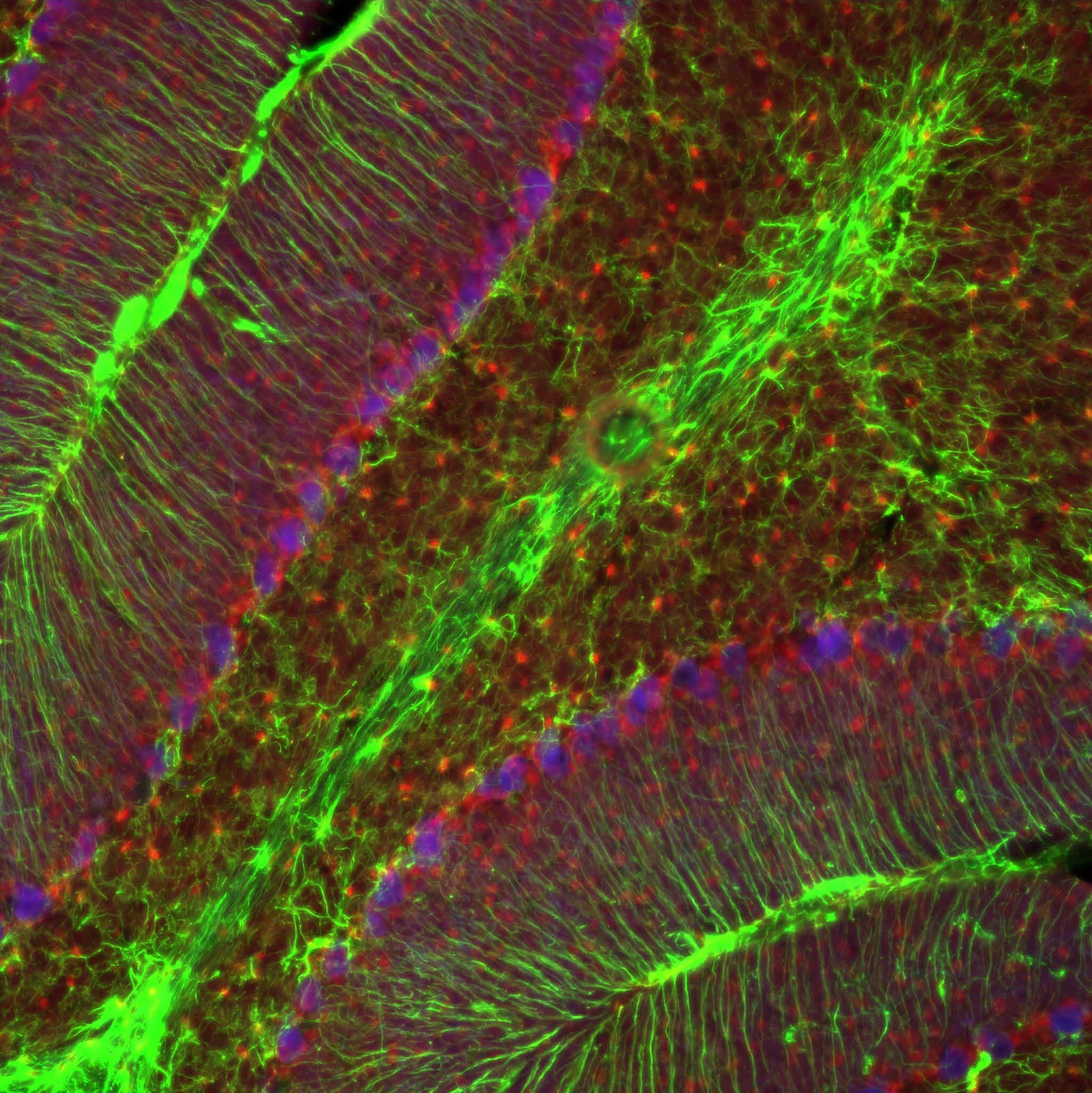Neuroscience Research
See the most-shared articles published in May and June 2022.
This image shows the developing central nervous system in a Drosophila embryo.
The authors show that people use two distinct strategies when choosing between multiple options with an uncertain outcome.
See the most-shared articles published in March and April 2022.
This image shows the demyelinating optic nerve of a mouse model with impaired visual function.
The authors target an important question in the field of neurobiology of obesity and their results suggest a dimorphic response to female animals.
How can we define responsible science in the present state of society? Christophe Bernard examines this question in his latest editorial. Share your thoughts in this discussion post.
See the most-shared articles published in January and February 2022.
Part of the juvenile cerebellar cortex of a mouse at postnatal day 21.
See the most-shared articles published in November and December 2021.
FOLLOW US
TAGS
CATEGORIES






 RSS Feed
RSS Feed




